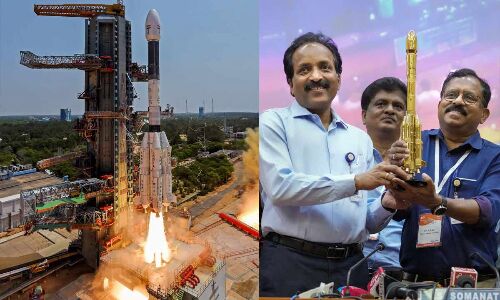The Indian Space Research Organisation (ISRO) successfully launched its second-generation navigation satellite, the NVS-01, using a GSLV rocket on Monday. The satellite will be raised into the geosynchronous orbit, where it will augment India’s regional navigation system, NavIC. This system is similar to GPS and provides accurate and real-time navigation, with a position accuracy of better than 20 metres and timing accuracy of better than 50 nanoseconds. The NVS-01 carries navigation payloads of L1, L5, and S bands, as well as an indigenously developed rubidium atomic clock. This clock is significant as few countries possess this technology.
The mission life of the NVS-01 is expected to be around 12 years, during which the satellite will provide more secure signals thanks to a civilian frequency band being introduced. This launch is significant as it ensures continuity of NavIC services and follows an anomaly in the cryogenic stage of the launch vehicle in August 2021 that prevented the then-mission from being fulfilled.
ISRO Chairman S Somanath congratulated the team for the “excellent outcome” and said that corrections in the cryogenic stage and lessons learned had paid benefits. This is the first of five such satellites to be launched. The GSLV F10 “debacle” prompted changes to the cryogenic stage, which have resulted in the GSLV having the capability to launch satellites with bigger payloads.
Following the successful launch of NVS-01, the solar panels were deployed, and it was ready for the next operation to raise its orbit. The GSLV rocket has seven propulsion systems, which worked in a synchronised way, according to Liquid Propulsion Systems Centre (LPSC) Director V Narayanan. The UR Rao Satellite Centre (URSC) Director M Sankaran said that “the naughty boy (GSLV) is fully tamed.”
ISRO developed the NavIC system to meet India’s positioning, navigation, and timing requirements, particularly in civil aviation and military applications.

